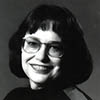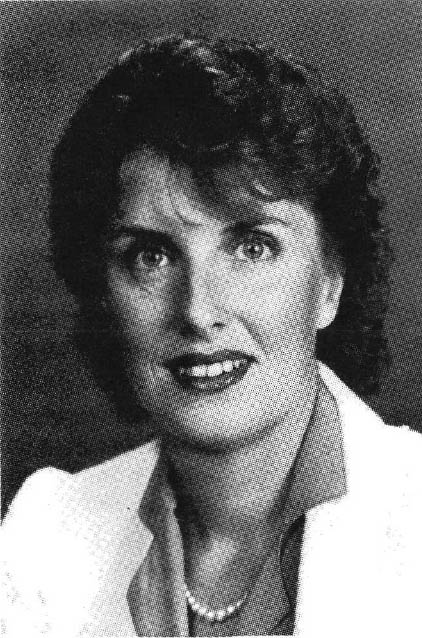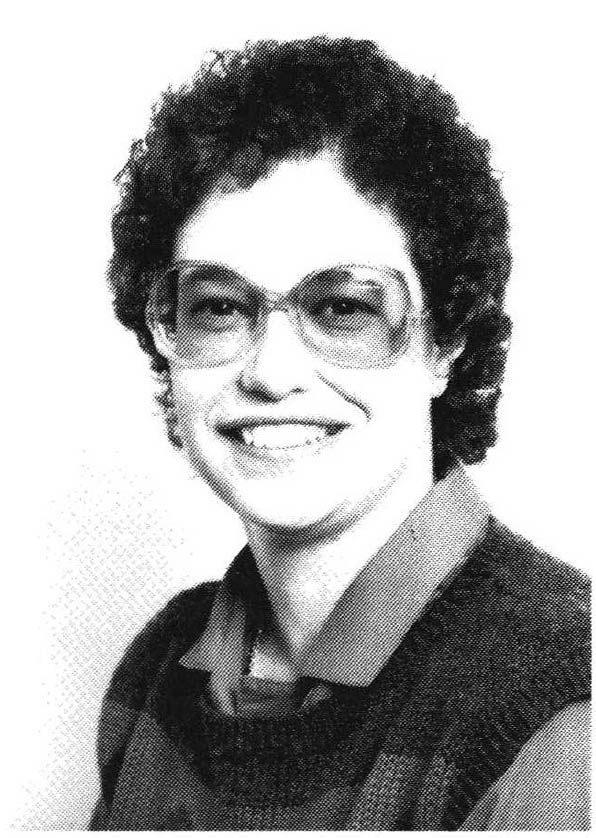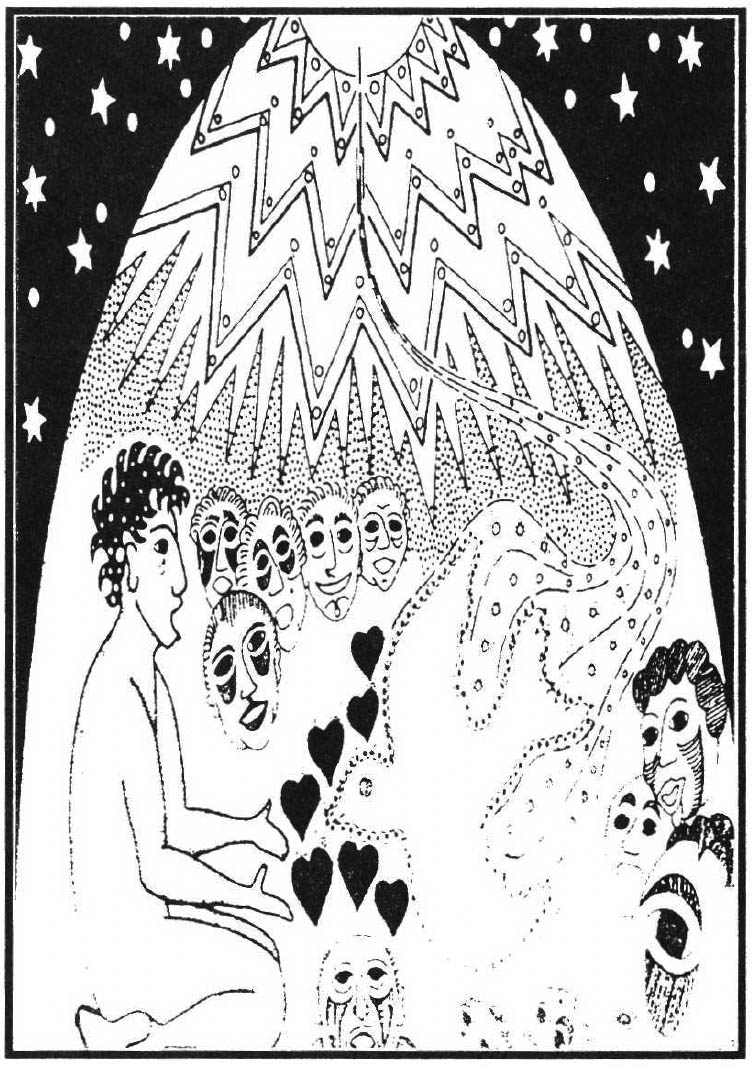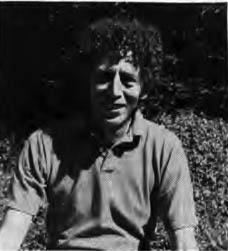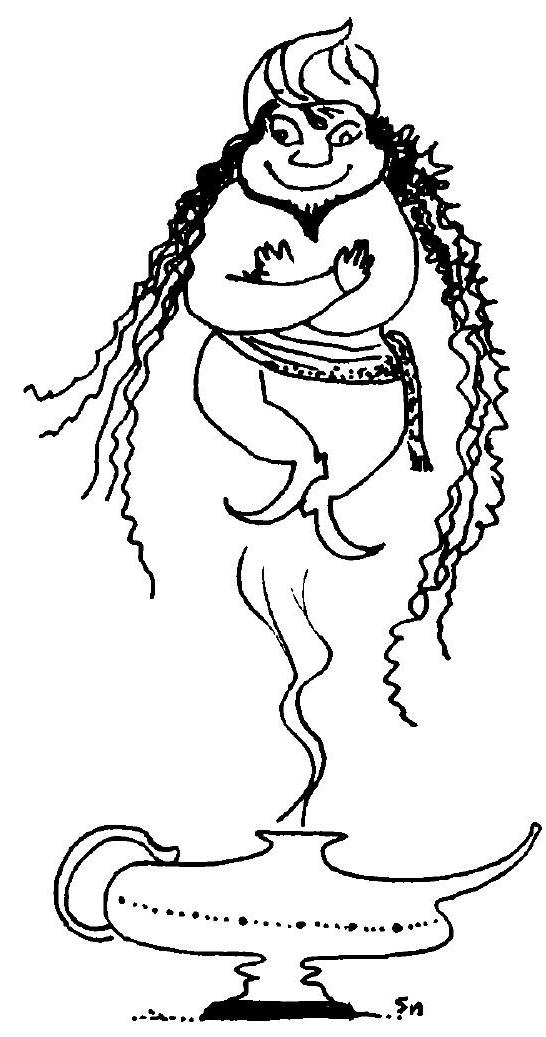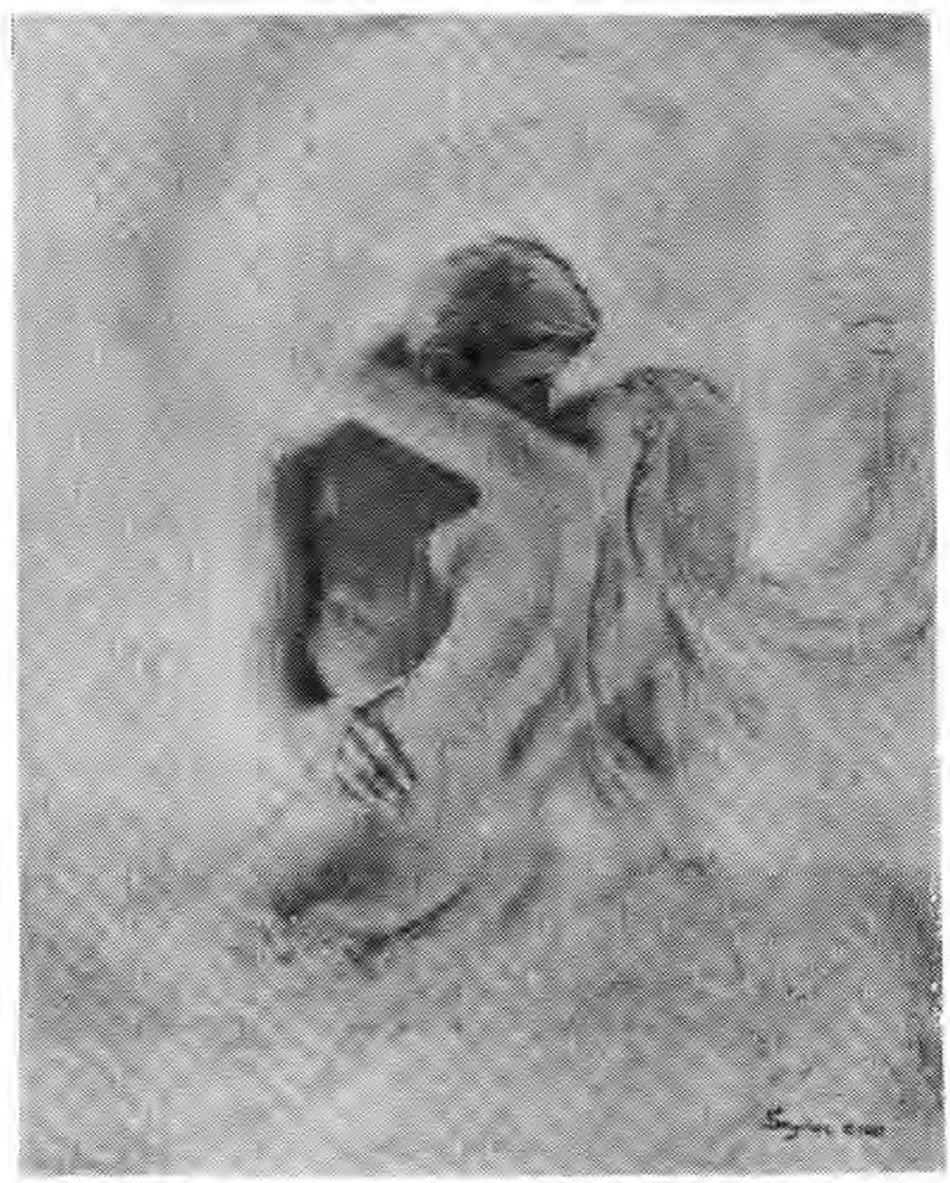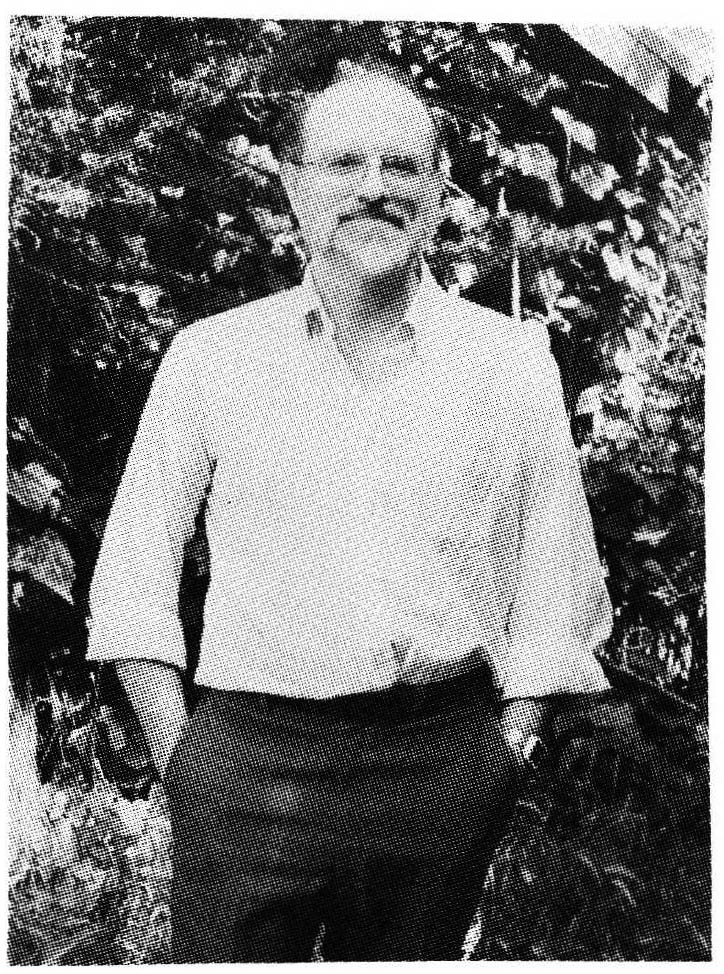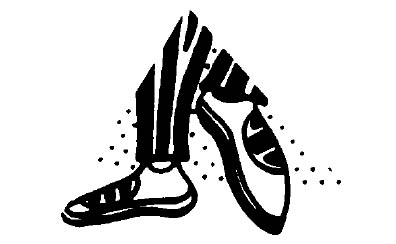Jane Roberts' Seth material advocates a participant/observer mode of dream research which requires that a dreamworker be adept at in-dream skills. Being a dream-art scientist requires the development of specific talents. To become aware that one is dreaming, to lucid dream, is a prerequisite.
"... A practitioner of this ancient art learns first of all how to become conscious in normal terms, while in the sleep state. Then he becomes sensitive to the different subjective alterations that occur when dreams begin, happen, and end."
Lucidity includes the experience of hypnogogia, imageJess dreams, out-of-body and initial wakening states, mental and auditory dream periods, and other dream states which have yet to find commonly accepted names.
"He familiarizes himself with the symbolism of his own dreams..."
Sethian lucid dreamers don't have to wait until waking to understand a dream symbol, they can ask while in the dream state. "Who are you?" "What do you represent?" "What message have you for me?"
"...and sees how these do or do not correlate with the exterior symbols that appear in the waking life he shares with others."
Dream dictionaries become inappropriate to the Sethian who realizes that the meaning of her own dream symbols are primarily personal in nature, and furthermore, that they change over time.
"There are inner meeting places, then, interior 'places' that serve as points of inner commerce and communication... Our dream-art scientist learns to recognize such points of correlation."
Secondarily, symbols can serve as correlating elements between dreamers, providing evidence for mutual dreaming and shared life issues.
"...he or she then begins to recognize the fact of involvement with many different levels and kinds of reality and activity. He must learn to isolate these, separate one from the other, and then try to understand the laws that govern them."
Is there a level of dreaming in which, for example, it is not possible to go through walls because one's body sense is too dense, too close to the waking state?
(Quotes from The Unknown Reality, Vol. 1., by Jane Roberts, Prentice-Hall, NJ, 1977.)

